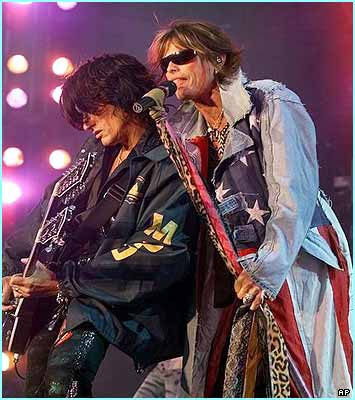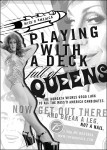
It's No Surprize that clients need to Get a Grip sometimes, but sooner or later you have to Stop Messin' Around and Draw the Line before getting Jaded and going Outta Your Head. Someone should've told her to Just Press Play. Think About It.
A certain Las Vegas hotel/casino hosted an Aerosmith concert a couple of years back. The task of publicizing the show fell on the shoulders of a future McFarlane Media writer. The effort included creating and producing a 45-second “phone hold”, which is one of those messages you listen to when waiting for the hotel operator to finish speaking with the previous caller who wants to know what time the 24-hour coffee shop closes and if Las Vegas has a supermarket and if they sell Diet Coke.
The construction of a phone hold for a musical performance is fairly rudimentary. 3 or 4 song snippets, a voiceover talent telling you who, when, and how much, and that’s about it. There isn’t even a time constraint, such as with a radio spot that must run between 29.4 and 30.6 seconds.
A few months before the concert, Aerosmith released Rockin’ The Joint, which enjoyed far too brief a stint as the most expositorily titled album in music history (Neil Diamond’s 12 Songs, which sounds like a greatest hits package but isn’t, came out 2 weeks later.) Rockin’ The Joint is a live album recorded during a show at Las Vegas’ Hard Rock Hotel, less than a mile away from the hotel/casino in question. The album opens with a caterwauling Steven Tyler addressing the crowd with the line “Goooood evening, Las Vegas!”
Seeing as context is everything, that line seemed like a natural prologue to the phone hold. Follow it with a medley of “Sweet Emotion”, “Walk This Way”, and “Dude (Looks Like a Lady)”, give the phone number, and there’s your phone hold. Simple, no?
The spot is recorded, emailed to the client, everyone’s happy.
Until a few days later, when the account executive explains that the phone hold must be recut, and fast. Why?
“Because the client said, ‘What if people call in the morning? Or the afternoon?’”
This is not an apocryphal story. This is first-person testimony.



